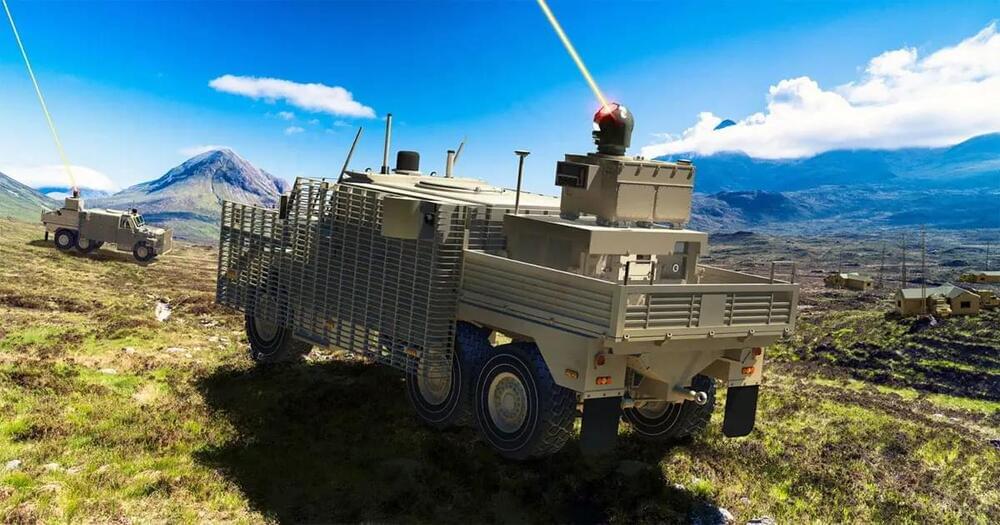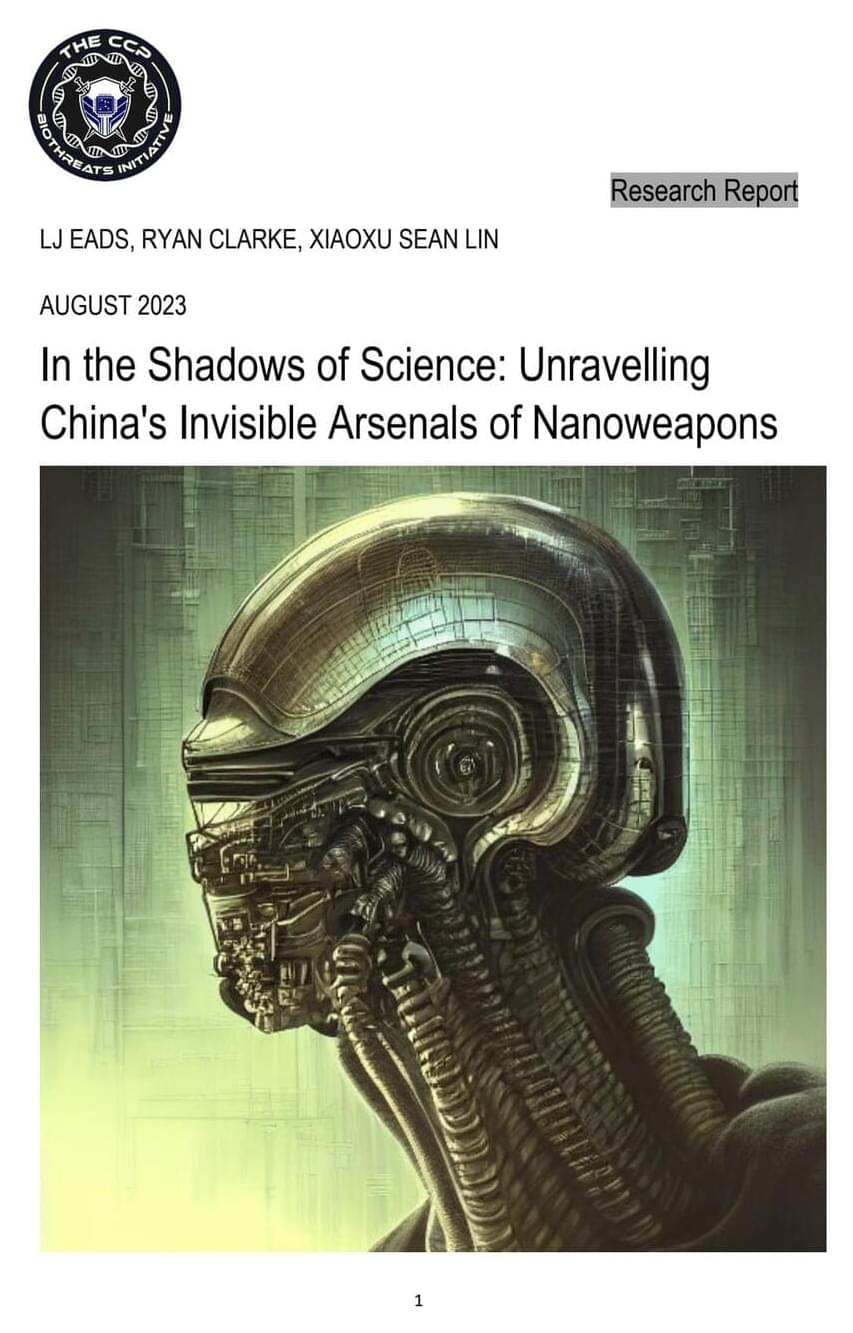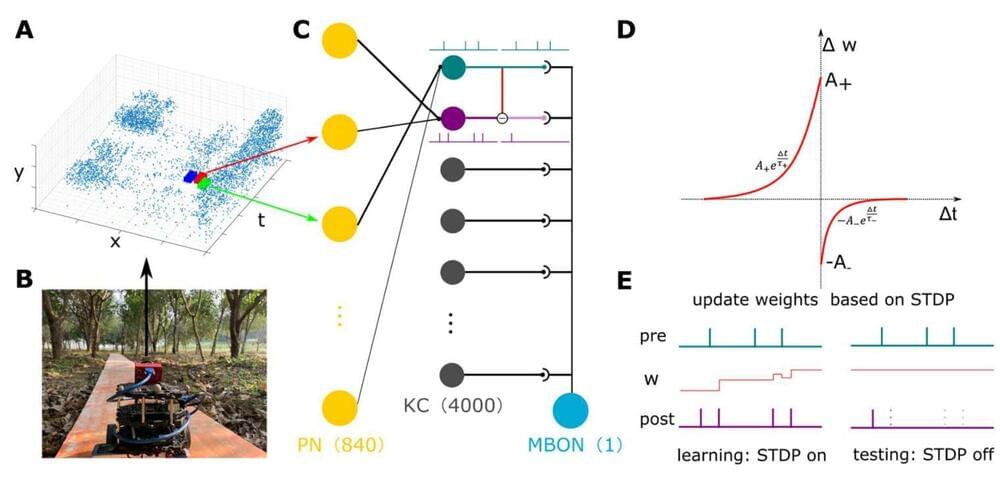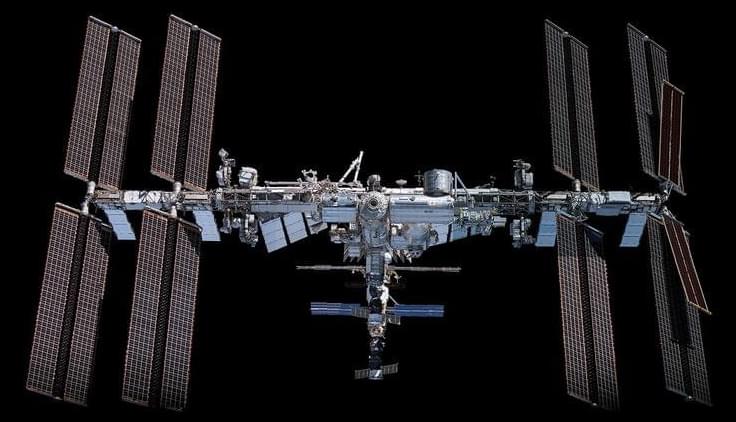A high-energy laser weapon developed by Raytheon is now operationally ready and will be integrated onto the UK’s Wolfhound military vehicle from next month.
Wolfhound armoured vehicle with laser weapon system. Credit: Raytheon UK
Raytheon UK is set to receive its first high-energy laser weapon system to be tested and integrated in the United Kingdom, marking a significant advancement in the understanding of how such systems can be fielded. Raytheon UK is the British unit of RTX’s Raytheon business.









